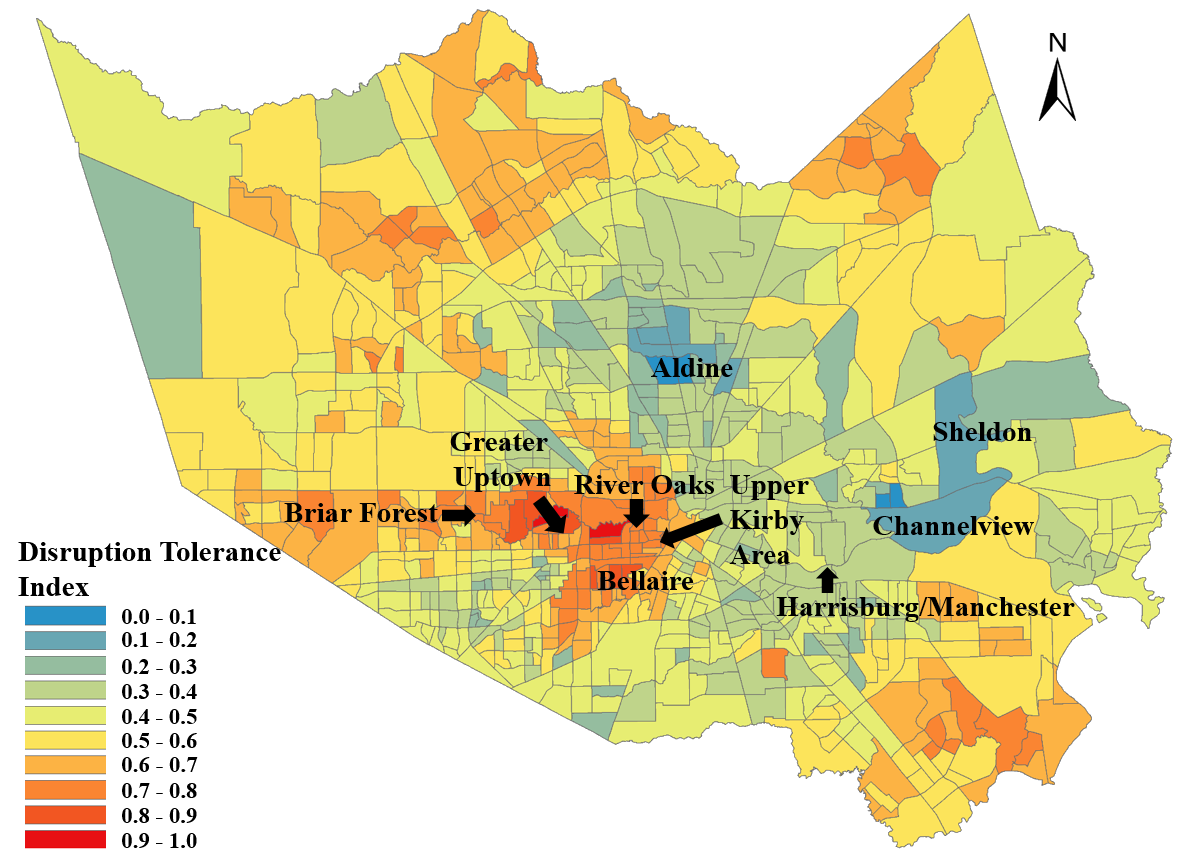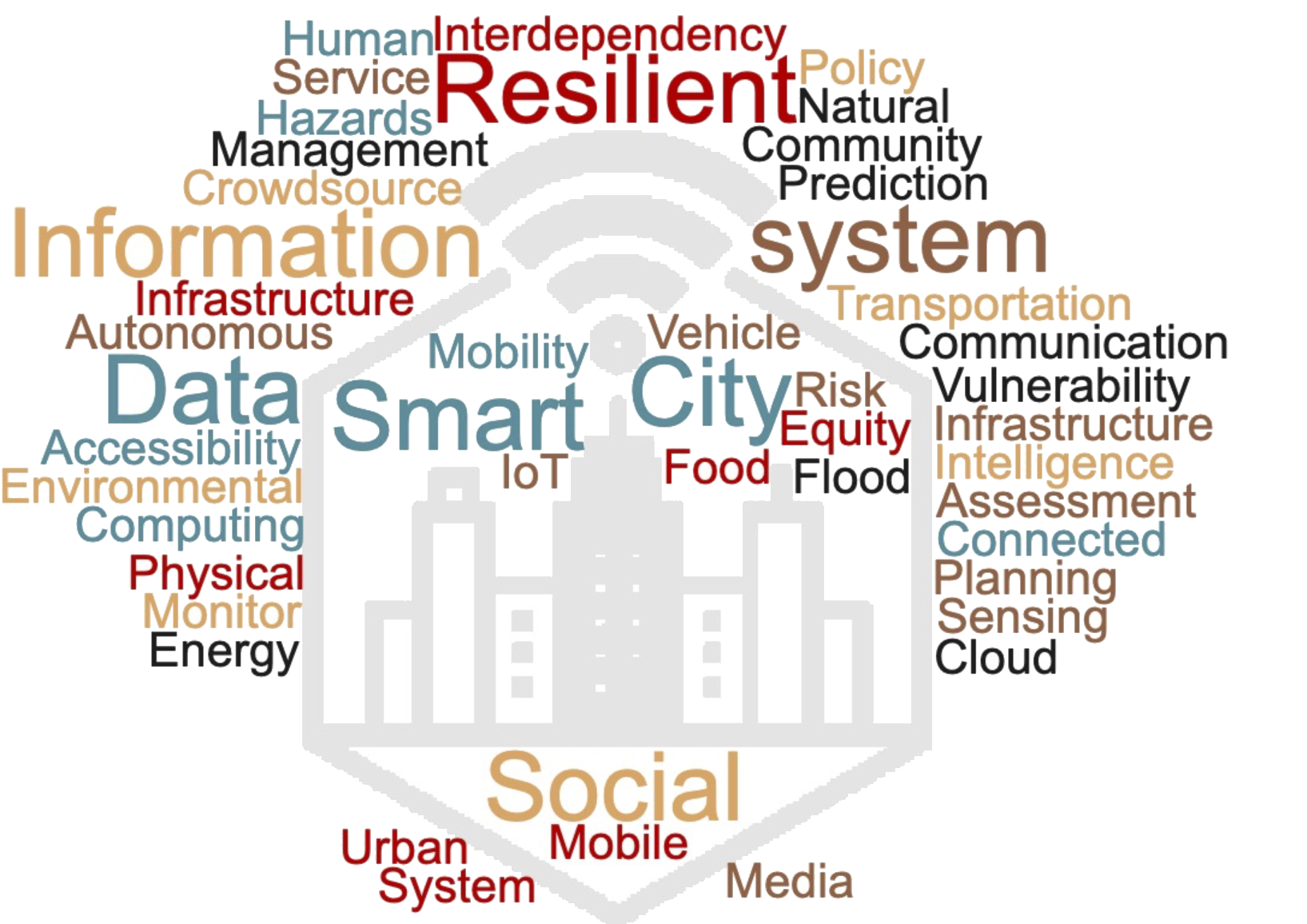

Our interdisciplinary research focuses on designing innovative engineering methods and solutions that facilitate data integration, system analytics, and risk-informed decision-making for a range of resilience and adaptation challenges. We address pressing challenges in climate change adaptation, protection of critical infrastructure, and resilience in urban systems through several key approaches: (1) Analyzing human responses to infrastructure failures and service outages during disasters to inform effective strategies and equitable resource allocation. (2) Developing algorithmic frameworks that model and simulate interdependencies within socio-technical systems, identifying vulnerabilities and strengthening resilience. (3) Employing data-driven analytics alongside advanced AI and network methodologies to generate actionable insights that support informed, adaptive decision-making. (4) Advancing resilience planning in preparing for and adapting to climate change.


The increasing challenges posed by urbanization, climate change, and aging infrastructure exacerbate the impacts of natural hazards. To effectively understand the resilience of infrastructure systems, new methods and tools are needed to accurately capture the failure dynamics across networks and assess the consequences of such disruptions. Our research leverages data-driven, network-based modeling and simulation techniques to evaluate the robustness and vulnerability of infrastructure systems, as well as to develop strategies for hazard mitigation.
Community resilience is driven by the complex interactions between human behavior and infrastructure systems. Different communities engage with, rely on, and access infrastructure in unique ways, particularly during disruptions, making the impacts of disasters uneven across communities. Vulnerable groups, such as those with limited resources or access to services, are particularly at risk due to their reduced capacity for disaster preparedness, response, and recovery. Our research seeks to develop algorithmic frameworks that model and simulate the interdependencies within socio-technical systems, providing a deeper understanding of system vulnerabilities and how they influence community resilience.


Smart devices exchange information through interconnected sensors and infrastructures to enhance urban system efficiency. This increasing interconnectivity fosters new interactions between humans and urban environments, generating vast amounts of data that enhance our understanding and modeling of urban dynamics. Our research seeks to leverage this big data and AI tools to develop smart city applications that promote resilient, healthy, and equitable urban living environments.